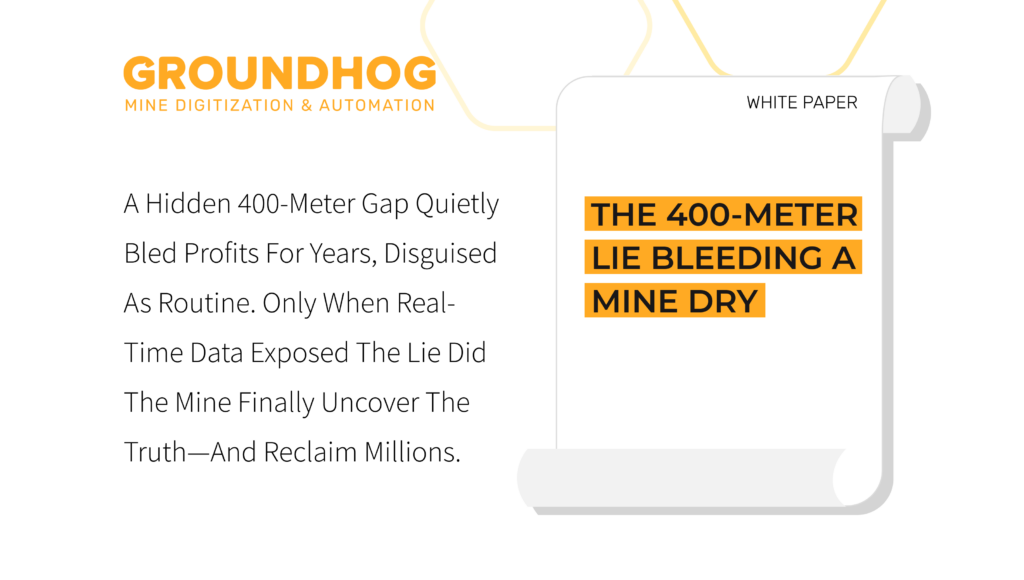This white paper explores how a major West African gold mine uncovered the hidden costs of haulage inefficiency. Despite strict cost controls, the site was losing millions each year to fuel overconsumption. GroundHog’s Fleet Management System, powered by real-time GPS data, revealed every trip was 400 meters longer than planned — an invisible gap that added up to 400 extra kilometers driven daily across the fleet.
By pinpointing and fixing the issue, the mine cut fuel use by 7.4%, improved cycle times, extended tyre life, and eliminated a hazardous road section. The case shows why moving from assumption-based planning to data-driven execution is critical for profitability.
This white paper covers:
-
How real-time GPS uncovers hidden inefficiencies
-
The impact of small variances on fuel and productivity
-
Practical steps to optimize haul roads and validate results
